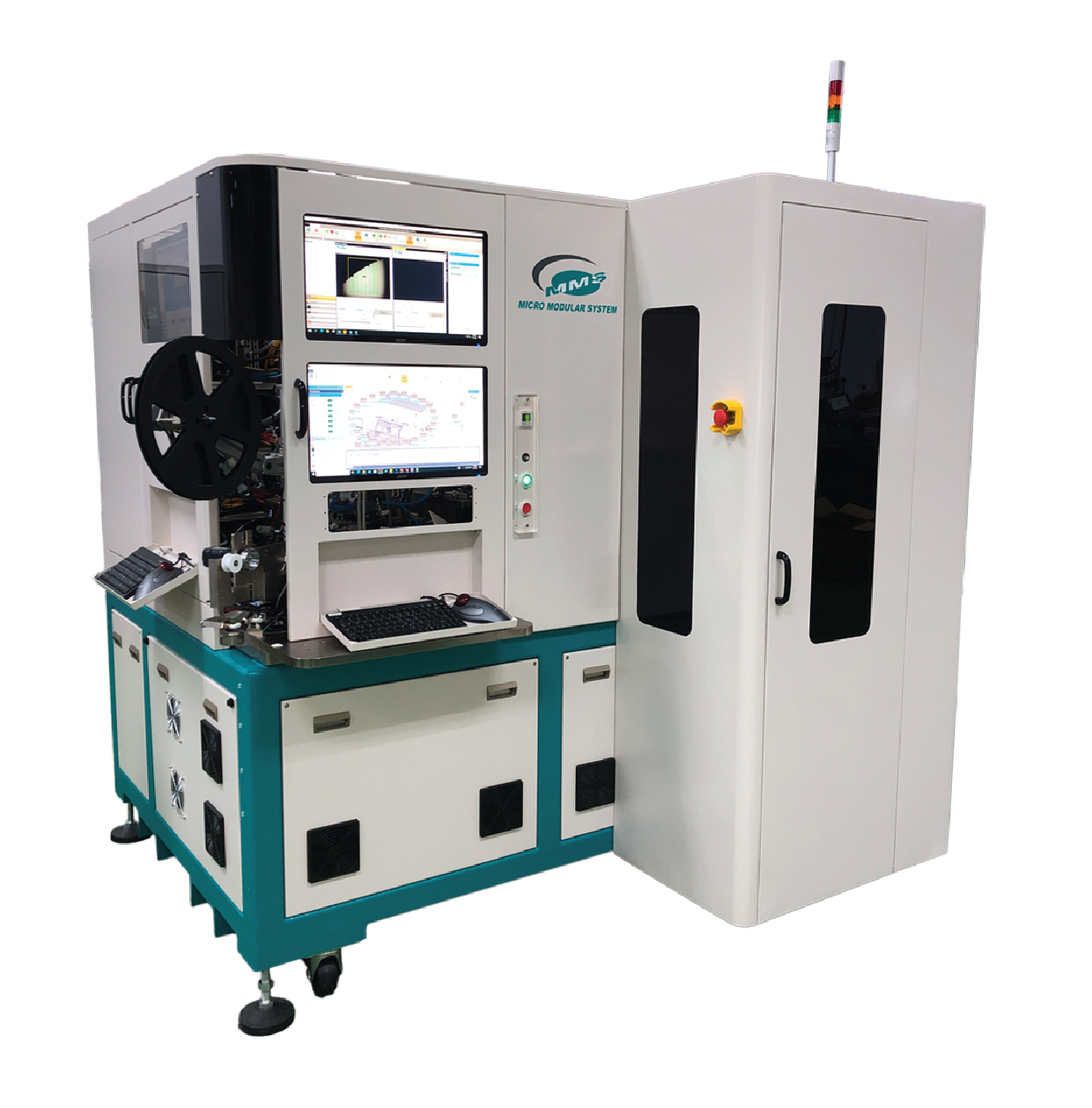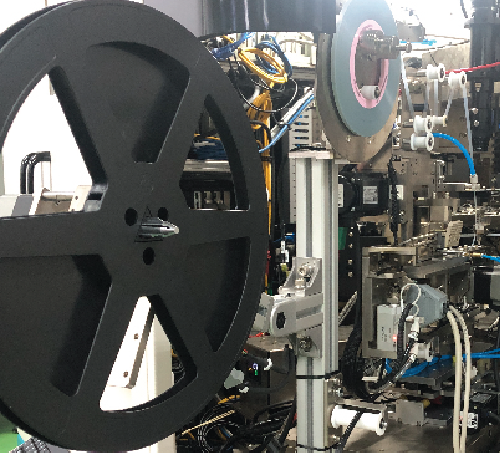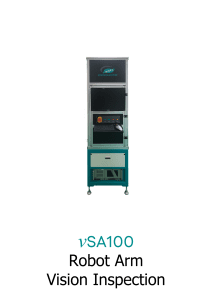Modules
- Input Magazine Lifter
- XYθ Stage with Wafer Ring Holder
- Main Turret (24 Finger)
- 6S Vision Inspection
- Tape & Reel Output OR Output Magazine Lifter
- System Reject Bin
Flowchart
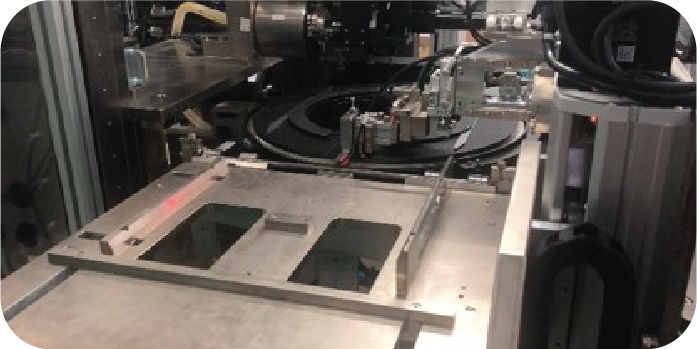
Magazine is loaded into the input. An empty magazine or carrier tape reel is loaded depending on the output format.
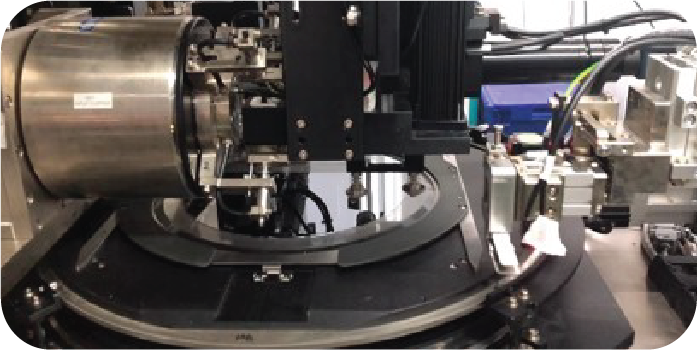
The input magazine lifter positions the magazine, and the wafer ring extractor pulls the wafer ring into the wafer ring holder.
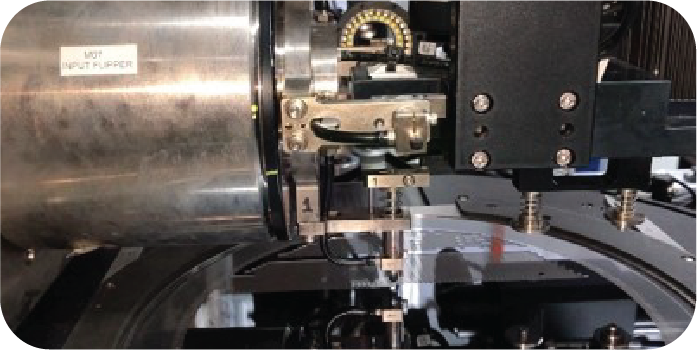
The input flipper will index the unit, and the bottom vision inspects and transfers it to the main turret.
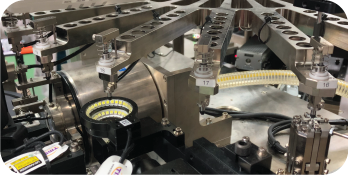
The main turret will index the unit through the top vision, contactless precisor, and 4-side vision station
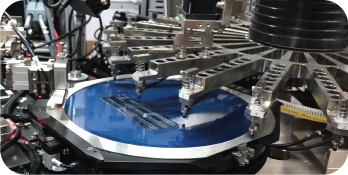
If the unit is good, it will be placed into the output wafer or tape and reel; otherwise, it will be sent to the system reject bin.
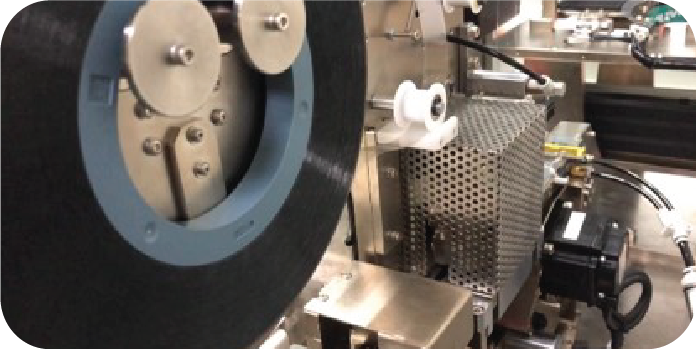
For tape output, pocket vision inspects the unit inside the carrier tape, and seal vision inspects the sealing condition of the cover tape.
Features
- UPH up to 20K
- Supports multiple die inspections per grab and sorts wafer die by bin code
- Built-in cosmetic inspection with 6-sided vision inspection (Top, Bottom, 4 Sides)
- Multiple EMap file format extensions available (.A, .STIF, .ANAM)
- Wide range of die size viability
- Die size – Min: 0.6 mm x 0.6 mm, Max: 5 mm x 5 mm, Aspect Ratio < 2
- Die thickness – Min: 0.1 mm, Max: 0.8 mm
- Versatile Input:
- 6”, 8”, and 12” (with a conversion kit)
- Auto Panel & Unit Alignment (with 3 Reference Points)
- Supports wafer input starting point from last stop location
- Versatile Output:
- 6”, 8” (with a conversion kit) or Tape & Reel
- Auto XY-axis correction to improve output unit placement accuracy
Wafer Ring (6”- 8”, 12” with conversion kit)
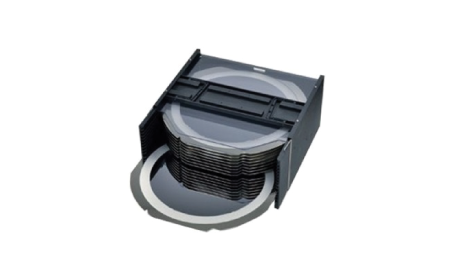
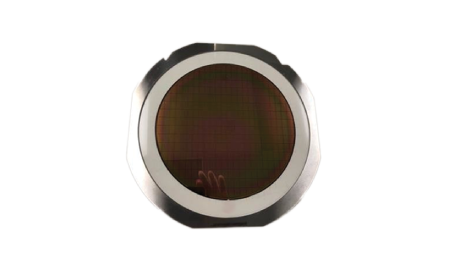
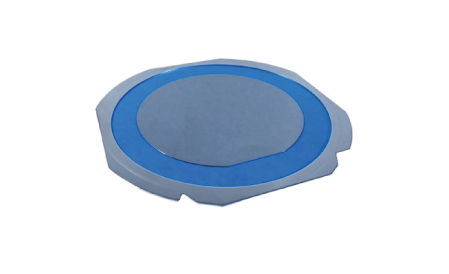
Top, Bottom & 4S Inspection
Die Position
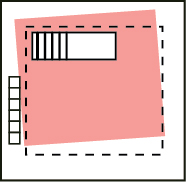
Die Crack
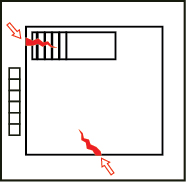
Edge Burr
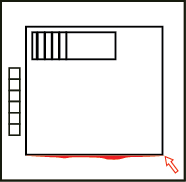
Edge Debris
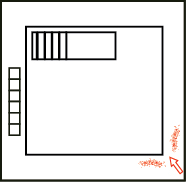
Cracked

Damaged Bump
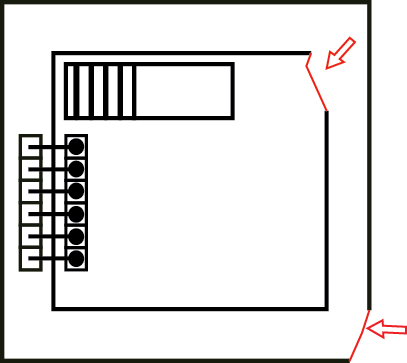
Discoloration
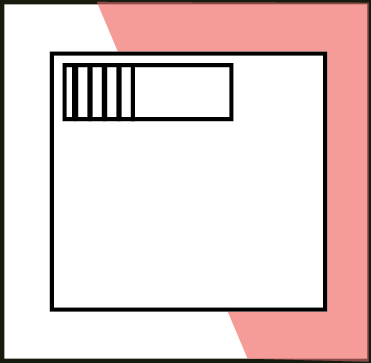
Die Chipping
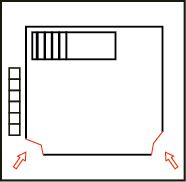
Vision Specifications
| Top & Bottom Vision | ||
| Camera | 26.2MP | |
| FOV (H x V) | 8.5mm x 8.5mm | |
| Magnification | 1.5X | |
| 2S Vision | ||
| Camera | 3.2MP | |
| FOV (H x V) | 7.0mm x 5.3mm | |
| Magnification | 1.0X | |
| IN PR Vision | ||
| Camera | 12.3MP | |
| FOV (H x V) | 36.8mm x 27.0mm to 5.7mm x 4.2mm | |
| Magnification | 0.35X to 2.25X | |
| OUT PR Vision | ||
| Camera | 5.0MP | |
| FOV (H x V) | 16.8mm x 14.1mm | |
| Magnification | 0.5X | |
Machine Specifications
| Products | Wafer | ||
| Specifications | Input: | Wafer ring (6”/8”, 12” with conversion kit) | |
| Output: | Tape (width: 8/12/16mm) Wafer ring (8”, 6” with conversion kit) |
||
| Vision Inspection | 6S (top, bottom and 4 sides) | ||
| UPH | Up to 20K (Depending on configuration and die size) | ||
| Footprint | 2100mm (W) x 1900mm (L) x 1900mm (H) | ||
| Warranty | 1 year limited excluding wear and tear parts | ||


